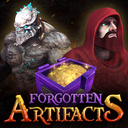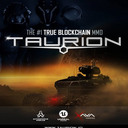
Review on Ember Sword by Zangi Kazhila

"Ember Sword: Forged Realms, Player-Written Tales"
Ember Sword beckons players into a realm where pixels transcend the boundaries of mere virtual reality, and an enthralling player-driven universe unfolds. At the heart of this blockchain-based MMORPG lies an ambitious concept—an ever-evolving world shaped not just by the hands of developers but by the choices and ambitions of the players themselves. As I delved into the vast landscapes of Ember Sword, it became apparent that this game aspires to redefine the very essence of player agency and immersion.
The standout feature of Ember Sword is its commitment to a player-driven universe. Here, every action resonates like ripples in a pond, creating a living, breathing world that evolves based on the choices of its inhabitants. The narrative is not a static script but an open-ended saga written collectively by the community. From building empires to political intrigue, the possibilities seem boundless. As a player, the agency to not only inhabit but to shape this universe is nothing short of empowering.
What sets Ember Sword apart is the introduction of an AI game master, an entity that observes and adapts to player interactions. This dynamic AI presence injects an unpredictable and evolving element into the game. It's not just a scripted series of events; it's an AI conductor orchestrating a symphony of challenges and opportunities based on the players' actions. This real-time responsiveness infuses the game with a sense of spontaneity, keeping players on their toes and fostering a truly immersive experience.
The economic structure of Ember Sword is equally intriguing. The game utilizes blockchain technology to allow players true ownership of in-game assets. From land and resources to cosmetics and items, everything is a tangible asset on the blockchain. This not only introduces a layer of realism to the in-game economy but also opens up avenues for player-driven markets and entrepreneurship. It's a testament to the game's vision of creating a persistent and meaningful virtual world.
The visual aesthetics of Ember Sword complement its innovative gameplay. The art style is both visually striking and cohesive, with character designs, landscapes, and architecture contributing to the overall immersion. It's a world that feels vibrant and alive, inviting exploration beyond the confines of quests and battles.
However, the grand ambitions of Ember Sword come with challenges. The complexity of a player-driven universe can be overwhelming for newcomers. Understanding the intricacies of in-game economies, political landscapes, and the evolving narrative may pose a steep learning curve. Striking a balance between player agency and maintaining a cohesive experience that caters to diverse player preferences is an ongoing challenge for the developers.
In conclusion, Ember Sword is a groundbreaking venture into the realm of MMORPGs, challenging the traditional notions of player interaction and world-building. Its player-driven universe and the integration of an AI game master introduce a level of dynamism and unpredictability that is both thrilling and ambitious. Whether you're a pioneer in virtual economies, a political strategist, or a seasoned adventurer, Ember Sword offers a canvas where every action paints the ever-evolving tapestry of a player-created world. As I navigated through its realms, I couldn't help but feel like a participant in an epic saga where the story is not just written but collectively authored by the players themselves.
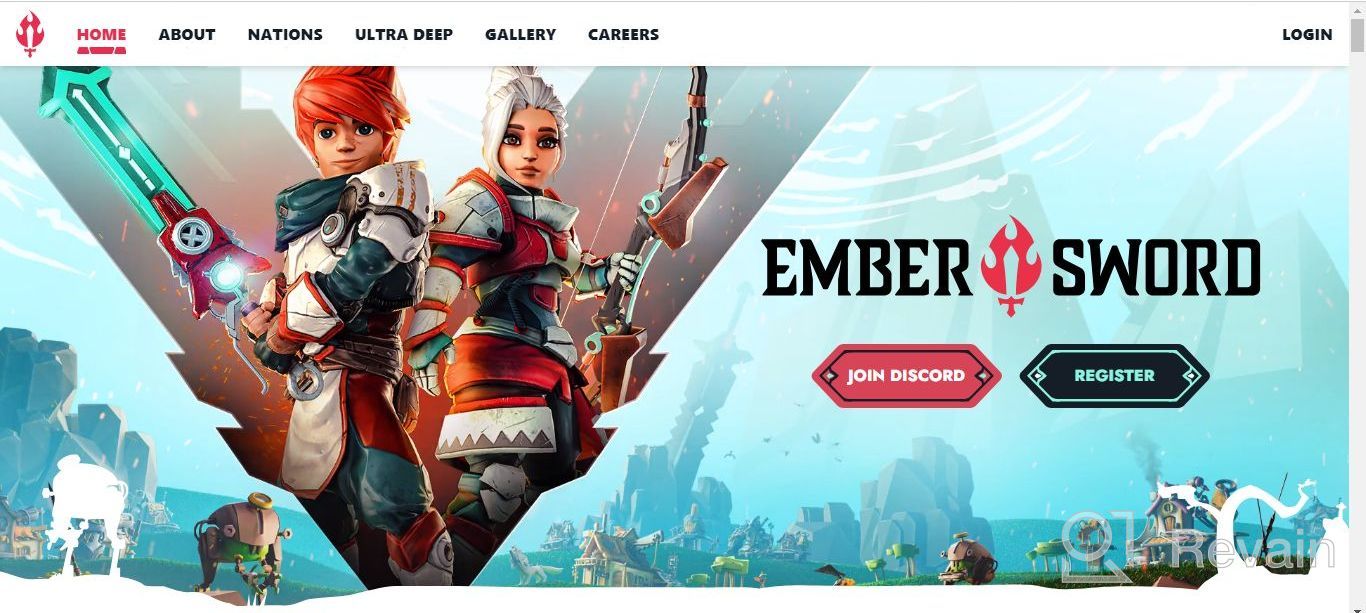
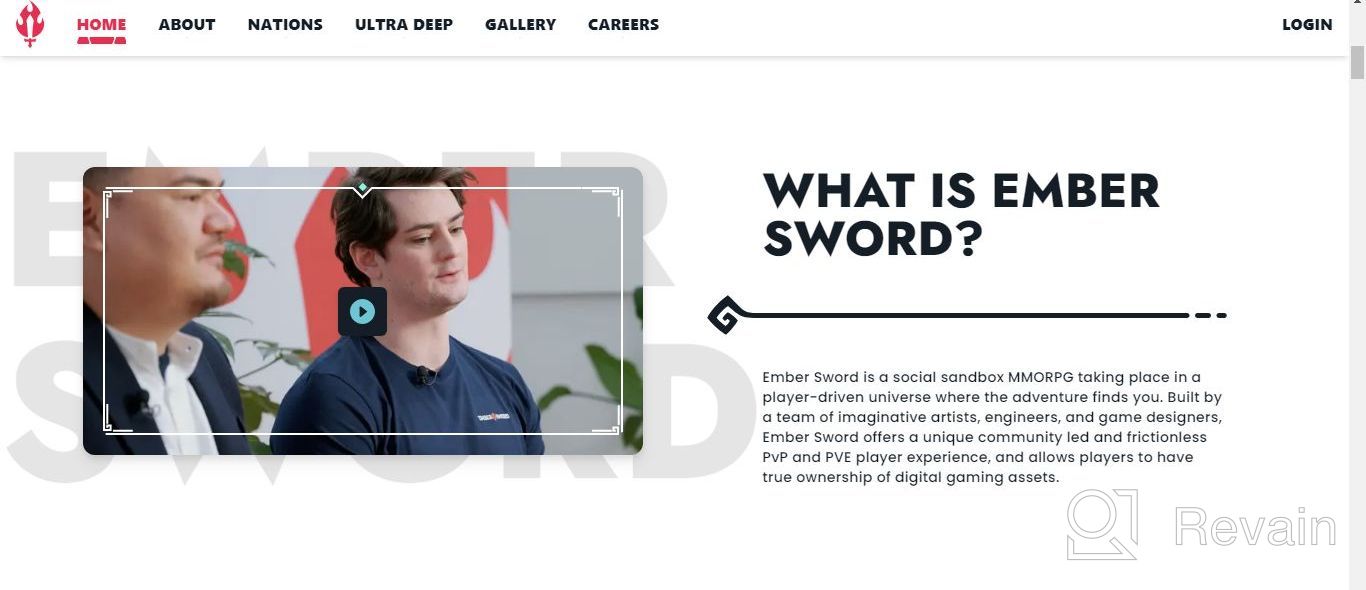
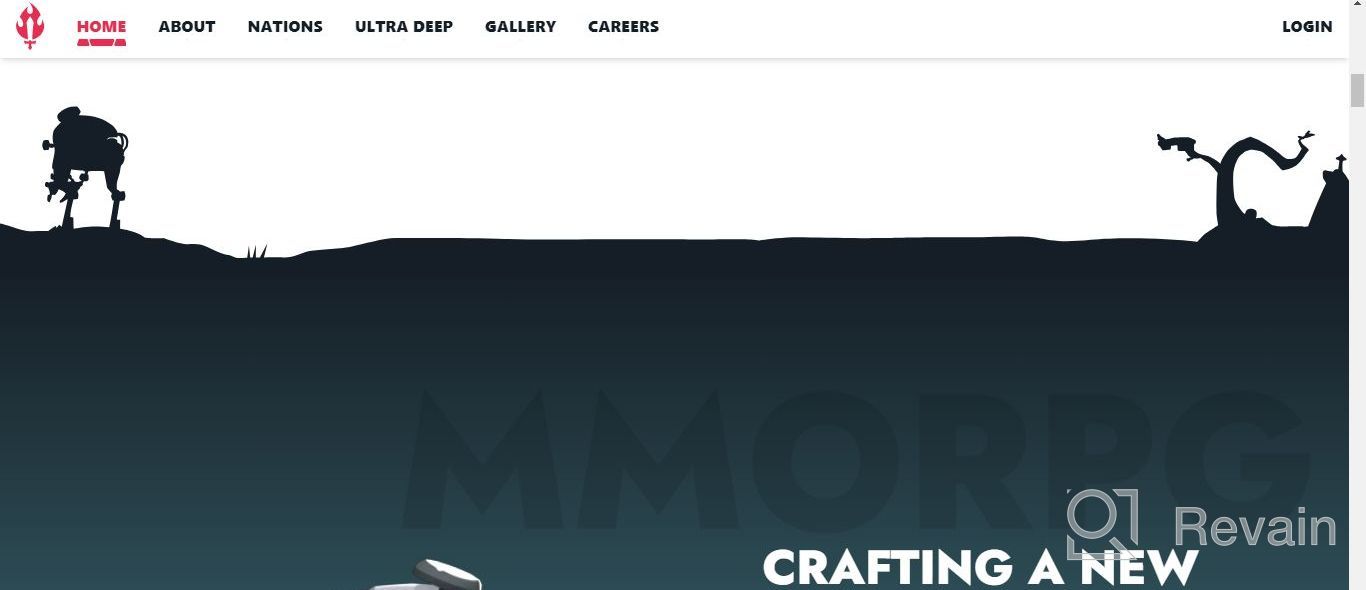
- Blockchain Ownership: The game leverages blockchain technology to ensure true ownership of in-game assets. From land and resources to cosmetics and items, players have tangible, tradable assets on the blockchain, fostering a meaningful and player-centric economy.
- Potential for Overwhelming Depth: The depth of the player-driven universe, while a strength, may also be a potential drawback. Navigating political landscapes, economic structures, and the evolving narrative might be overwhelming for players seeking a more straightforward gaming experience.


